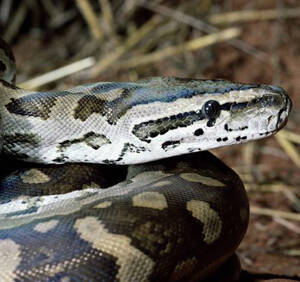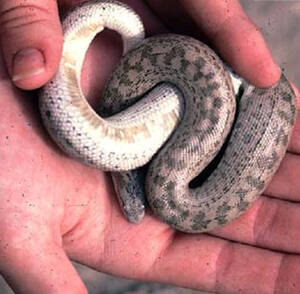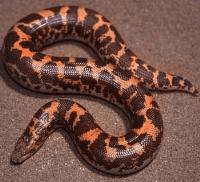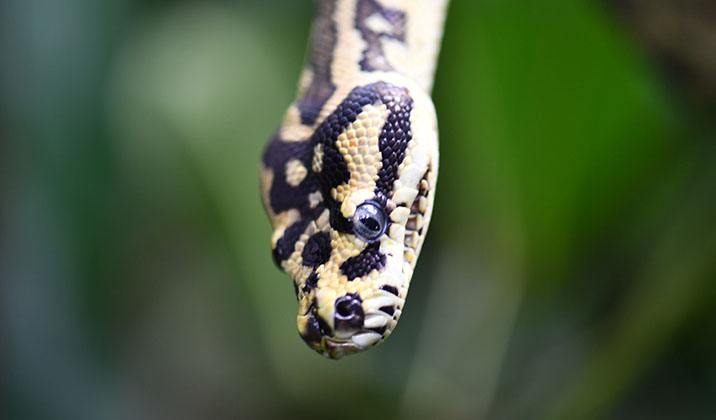
Python bivittatus is a large reptile of the family Python and genus Python.Pythons are good at climbing, can live in water for a long time, are sleepy, nocturnal, and omnivorous. This species likes heat and is afraid of cold. It is generally active at 25℃; very active at 30℃ or above; inactive or...

The Eastern Sand Boa is a reptile of the genus Eryx tataricus in the family Python, commonly known as the Earth Stick.Compared with other species, the Eastern Sand Boa is very active and very docile - but some young individuals and male individuals in general estrus are exceptions.Sand boas have a w...

The scientific name of the red sand python is Eryx miliaris. It is a relatively primitive small to medium non-venomous snake.The red sand python is a common species abroad, but some subpopulations are on a downward trend. The number in China is unknown. Many taxonomists regard the red sand python an...

All pythons are non-venomous, and carpet pythons are no exception.Carpet pythons strangle their prey by constricting their bodies. The species is usually active during the day and at night, with some subspecies being primarily nocturnal. Carpet pythons like to live in trees, although they usually ba...

Introduction: Understanding the Risk of Pythons Wrapping Around YouIf you find yourself in a situation where a python wraps around you, it is important to stay calm and understand the behavior of these large constrictor snakes. While pythons are non-venomous, they can be dangerous due to their stren...

Pythons, as one of the largest and most powerful snake species, command respect in the reptile world. However, despite their size, strength, and ability to overpower prey, pythons have natural fears and threats that they must contend with in the wild. In this article, we explore what pythons fear mo...